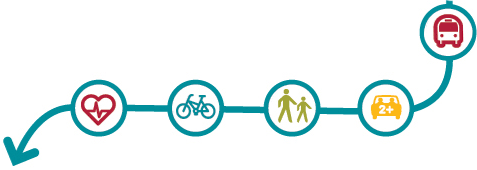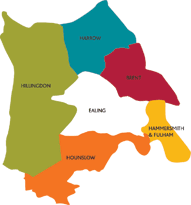-
>
-
>
-
Overview
"Brunel University adopted a 'passport' system whereby people got a stamp in an information booklet for visiting stalls related to three 'zones'; active travel, smarter driving and public transport. This was then traded in for a free promotional item and entry to a prize draw. The number handed out and the number entered into the prize draw provided useful statistics on attendance and engagement. The prize draw also asked for email address, creating a contact pool for future events"
Phase 5 - Monitoring
It is important to measure and monitor the success of your event against the objectives agreed in the Programme Delivery Strategy. It is also important to get feedback from key stakeholders - such as Exhibitors, Student Union and other relevant institution departments.
It is important to measure and monitor the success of your event against the objectives agreed in the Programme Delivery Strategy. It is also important to get feedback from key stakeholders - such as Exhibitors, Student Union and other relevant institution departments.
Understand why monitoring should take place
- Justify investment
- Create a business case for future events
- Quantify success of the event
- Understand the audience
Establish who should be responsible for monitoring
- Project lead or designated individual
Decide what should be monitored and what constitutes 'success'.
- Overall footfall/number of attendees
- Number of people signing up to specific services e.g. cycle training, car clubs
Work out how these indicators should be monitored
- Prize draw for all attendees
- Manual counts of people arriving
- Ask exhibitors to report on level of engagement
- Gather ad-hoc feedback from attendees
Decide when monitoring should take place
- Prior to the event - to understand likely attendance
- During the event - number of attendees and participant
- After the event - numbers of attendees utilising services e.g. new car share members
-
-









